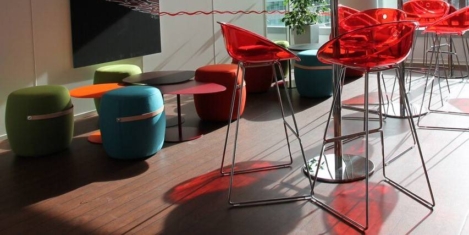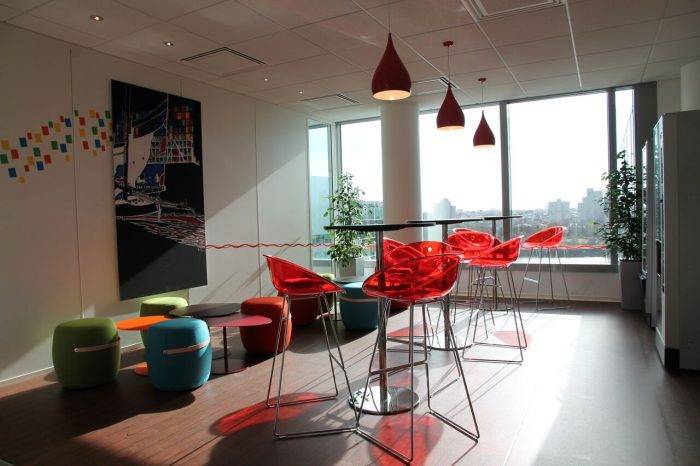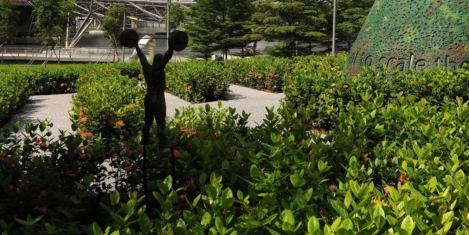February 17, 2017
CIPD calls for more ethical approaches to pay and reward 0
 The CIPD and the High Pay Centre have launched a formal partnership to advocate fairer and more ethical approaches to pay and reward. Together they are calling for a major re-think of corporate governance to improve CEO pay transparency and ensure boards recognise their broader responsibility towards the workforce when decisions on executive pay and business investment are made. In their joint response to the Government’s green paper on corporate governance, which seeks views on how to curb excessive CEO pay and boost employee voice at board level, the CIPD and High Pay Centre point out that if FTSE 100 CEO pay continues to increase at the same rate for the next 20 years as it has for the last two decades, the average ratio between a CEO and average pay would increase from about 129:1 to more than 400:1. The CIPD chief executive Peter Cheese argues in the report that current levels of executive pay undermine both trust and sustainability and making small adjustments to current system isn’t the right approach.
The CIPD and the High Pay Centre have launched a formal partnership to advocate fairer and more ethical approaches to pay and reward. Together they are calling for a major re-think of corporate governance to improve CEO pay transparency and ensure boards recognise their broader responsibility towards the workforce when decisions on executive pay and business investment are made. In their joint response to the Government’s green paper on corporate governance, which seeks views on how to curb excessive CEO pay and boost employee voice at board level, the CIPD and High Pay Centre point out that if FTSE 100 CEO pay continues to increase at the same rate for the next 20 years as it has for the last two decades, the average ratio between a CEO and average pay would increase from about 129:1 to more than 400:1. The CIPD chief executive Peter Cheese argues in the report that current levels of executive pay undermine both trust and sustainability and making small adjustments to current system isn’t the right approach.



































November 25, 2016
Reducing paper-weight is the key to maintaining a healthy business in the digital age 0
by Chas Moloney • Comment, Technology
More →